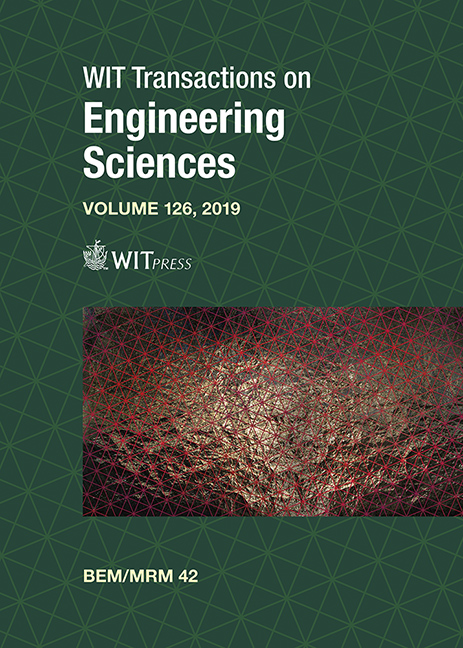IMMERSED BOUNDARY METHOD APPLICATION AS A WAY TO BUILD A SIMPLIFIED FLUID-STRUCTURE MODEL
Price
Free (open access)
Transaction
Volume
126
Pages
11
Page Range
243 - 253
Published
2019
Size
979 kb
Paper DOI
10.2495/BE420221
Copyright
WIT Press
Author(s)
JONATAS EMMANUEL BORGES, MARCOS ANTONIO DE SOUZA LOURENÇO, ELIE LUIS MARTÍNEZ PADILLA, CHRISTOPHER MICALLEF
Abstract
A simplified fluid-structure interaction model, consisting of a cylinder tethered by a spring system interacting dynamically with an incompressible two-dimensional lid-driven cavity flow, is solved using the immersed boundary method. Results show that when the spring forces are weaker than the fluid drag force, the springs stretch freely and the cylinder motion is the direct result of the fluid dynamics action. For higher values of spring forces, the cylinder motion reaches a maximum displacement, and the spring forces induce the cylinder to an oscillatory movement damped by the fluid drag forces. Subsequently the amplitude of the displacement decreases. The cylinder motion is restricted within the mainstream fluid flow, where the maximum displacement reduces as the Reynolds number increases.
Keywords
computational fluid dynamics, immersed boundary method, fluid-structure interaction





